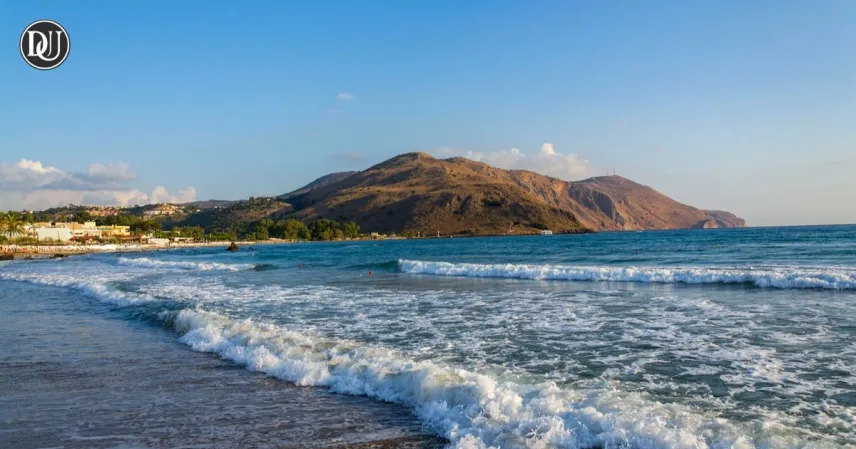Imagine being peacefully asleep, only to be jolted awake by your bed shaking, walls rattling, and your heart pounding. That’s what thousands of people across Crete and nearby islands experienced in the early hours of a quiet May morning.
For a few intense seconds, everything felt unsure—furniture trembled, ceilings creaked, and hearts skipped a beat.
🚨 Emergency in the Dark
As the earth settled, phones buzzed with urgent alerts:
| Alert Type | Message |
|---|---|
| 🚧 Earthquake Warning | “Earthquake detected in your area.” |
| 🌊 Tsunami Alert | “Move away from the coast immediately.” |
| 🏃♂️ Safety Instructions | “Seek higher ground. Remain calm.” |
Families scrambled out of their homes, grabbing only what they could. In pajamas and slippers, many found themselves standing outside in the cool night air, watching the sea nervously, waiting for what might come next.
💬 Voices from the Night
“I felt the walls sway, like they were breathing. I just held my kids and ran.”
— A mother from Crete
“The silence after the shaking... that was the loudest part.”
— A tourist in Karpathos
🌿 A Beautiful Land with a Restless Soul
The Greek islands are breathtaking—white-washed villages, turquoise waters, golden light. But beneath the beauty lies a restless earth. This region sits on one of the most active seismic zones in Europe.
![]()
Here’s a quick look at recent seismic activity in the area:
| Location | Recent Quakes (2025) | Notable Feature |
|---|---|---|
| Crete | 5.9 magnitude | Tsunami alert issued |
| Santorini | 7,700+ tremors (Jan–Mar) | Volcanic concerns raised |
| Rhodes/Kasos | Moderate tremors weekly | Heightened local preparedness |
💞 Humanity in Crisis
Even in the face of fear, people showed what truly matters. Strangers helped each other, neighbors checked in, and families leaned on one another—literally and emotionally.
🫶 In moments like these, it’s not about fear. It’s about connection.
🔒 Preparedness Is Protection
Here’s how to stay prepared if you live in or travel to earthquake-prone areas:
✅ Keep an emergency bag ready
✅ Know your evacuation routes
✅ Stay informed via local alerts
✅ Practice earthquake drills at home
🌅 A New Day After the Quake
As dawn broke over the islands, the beauty remained—but so did the memory. People were shaken, but not broken. The earthquake served as a wake-up call—not just for the region’s infrastructure, but for its people’s awareness, unity, and resilience.
We can’t stop the earth from shaking—but we can stand firm together.










